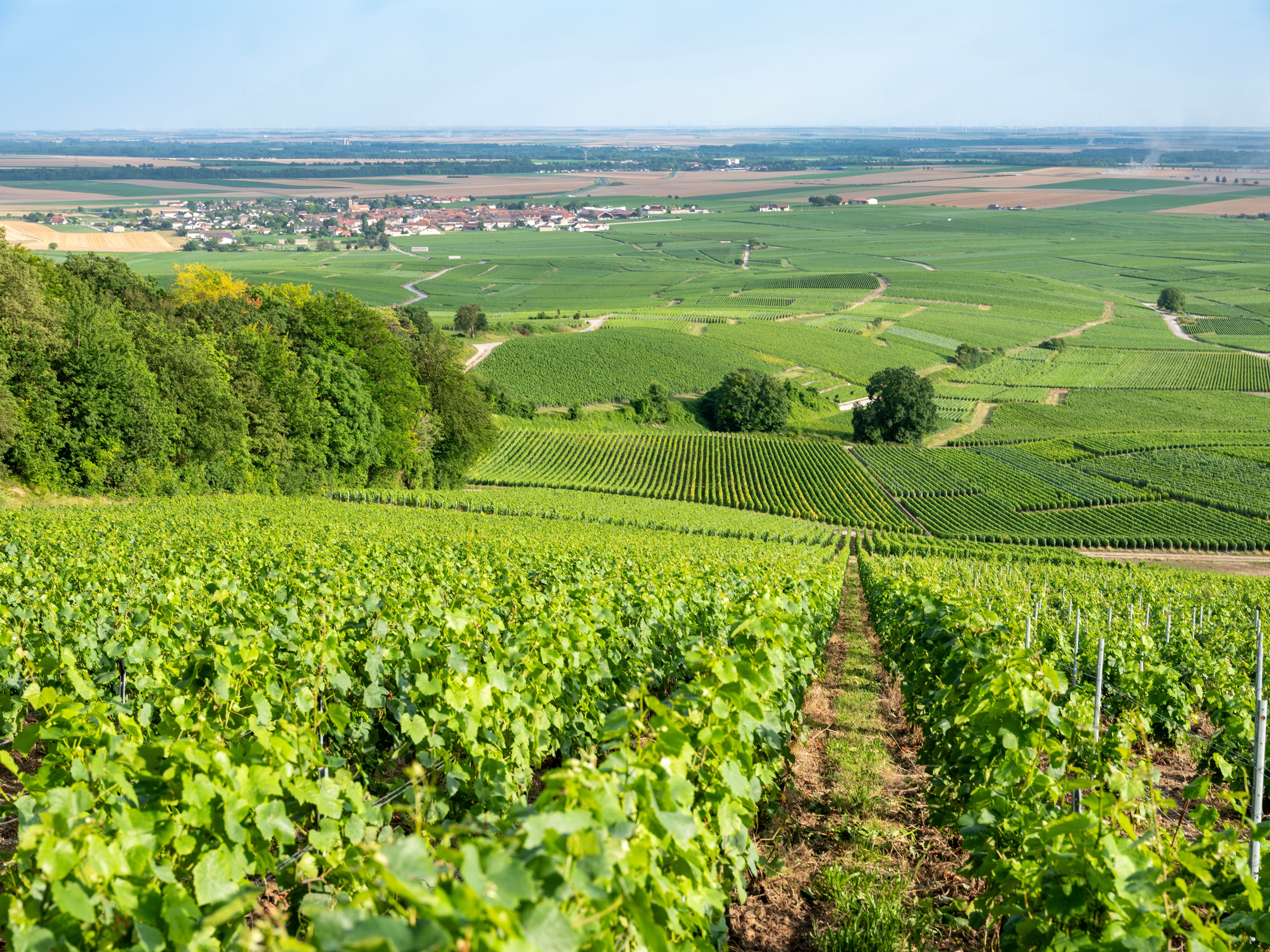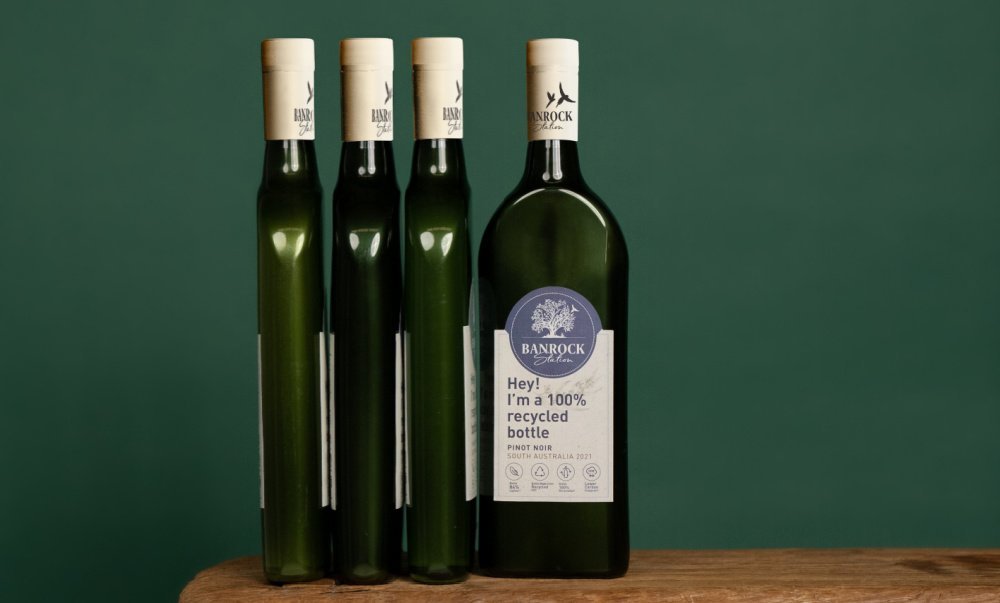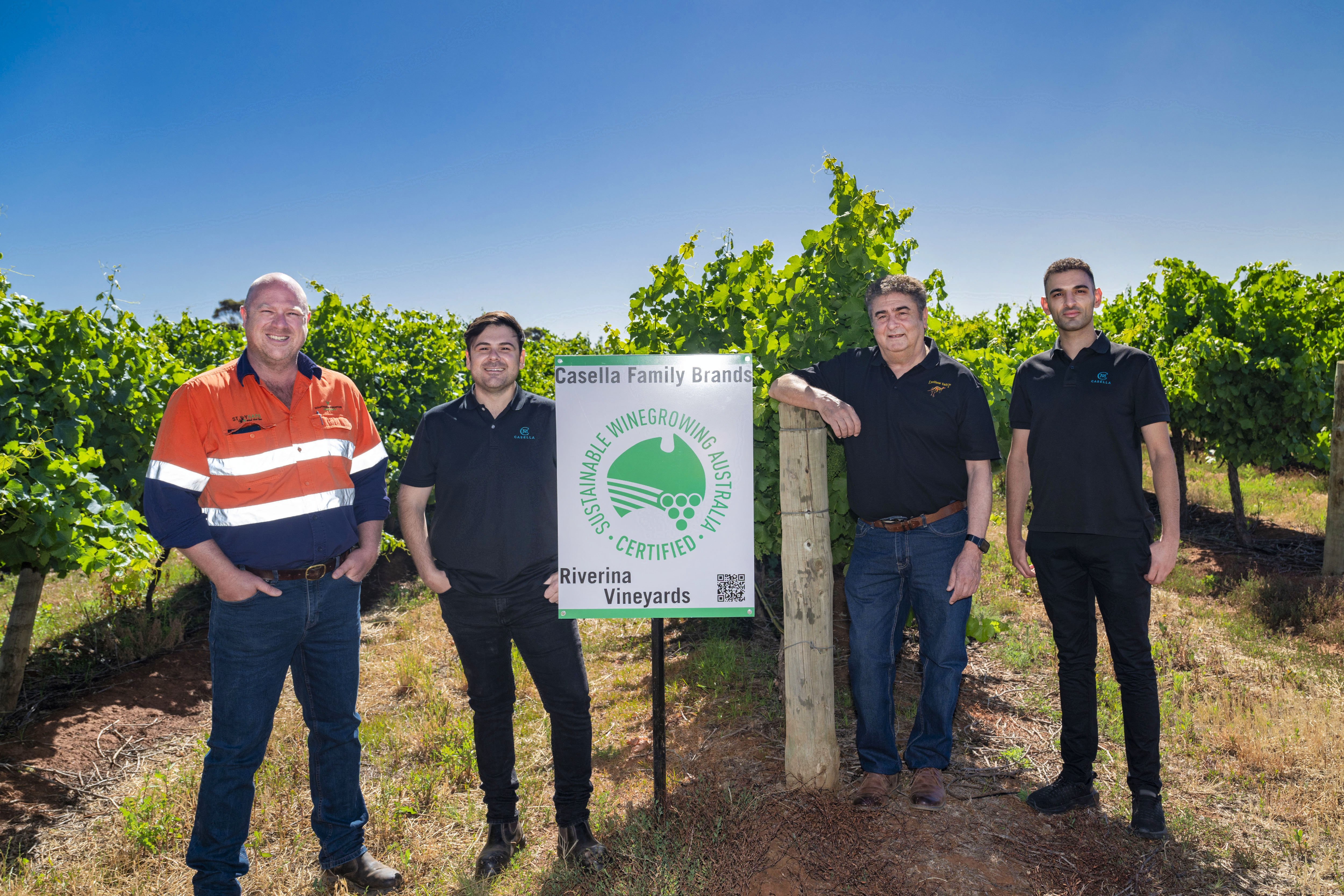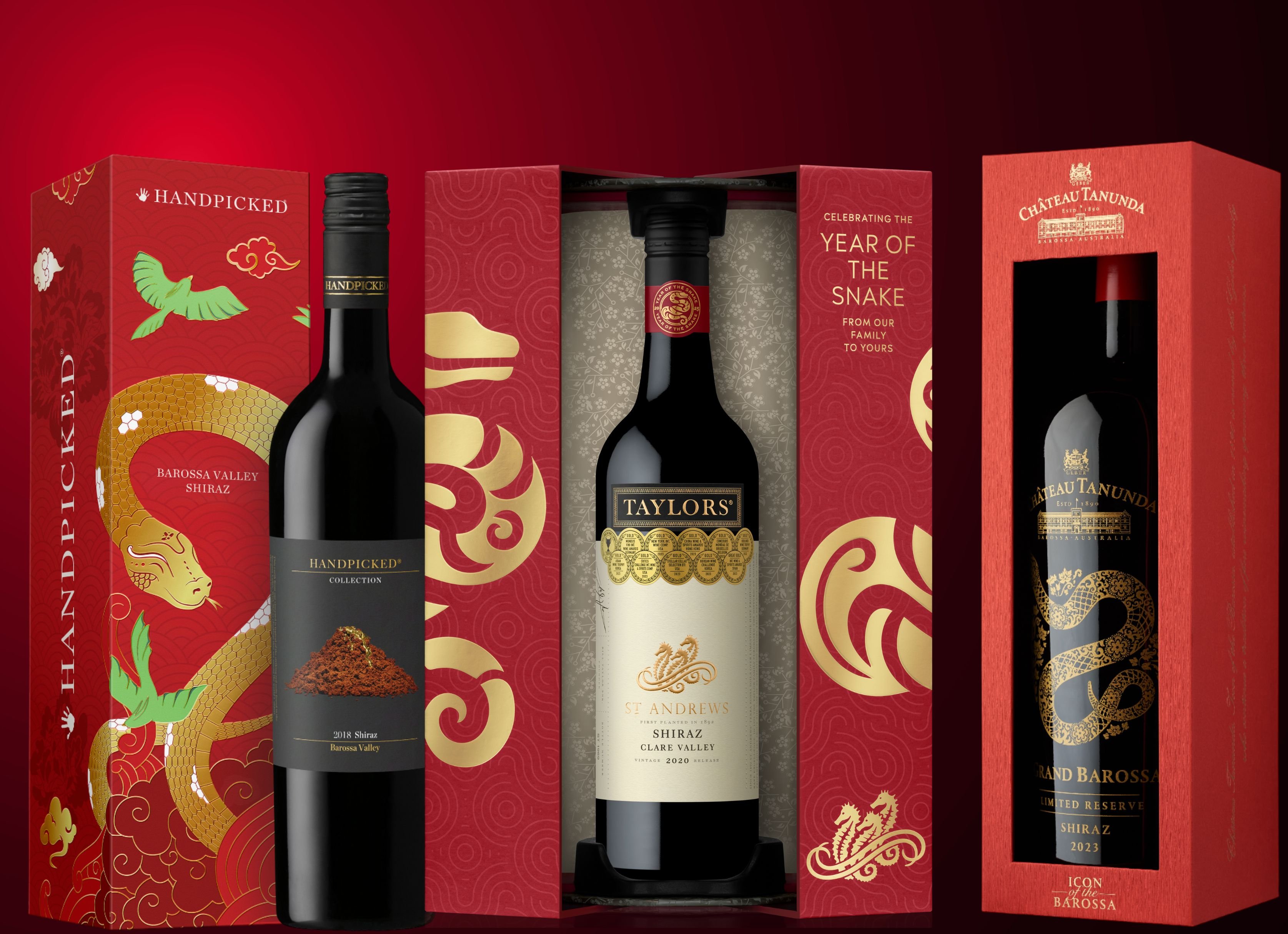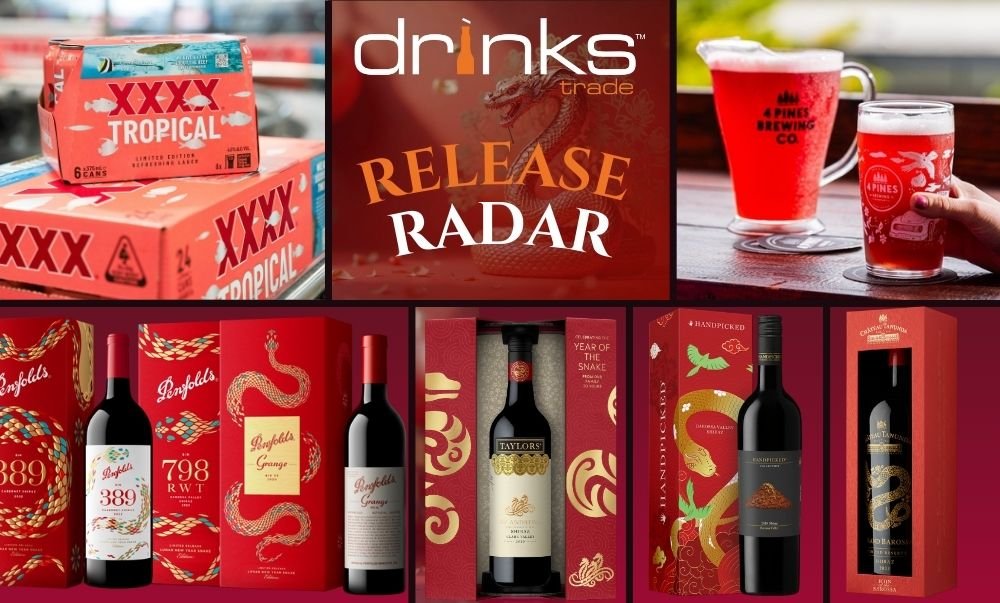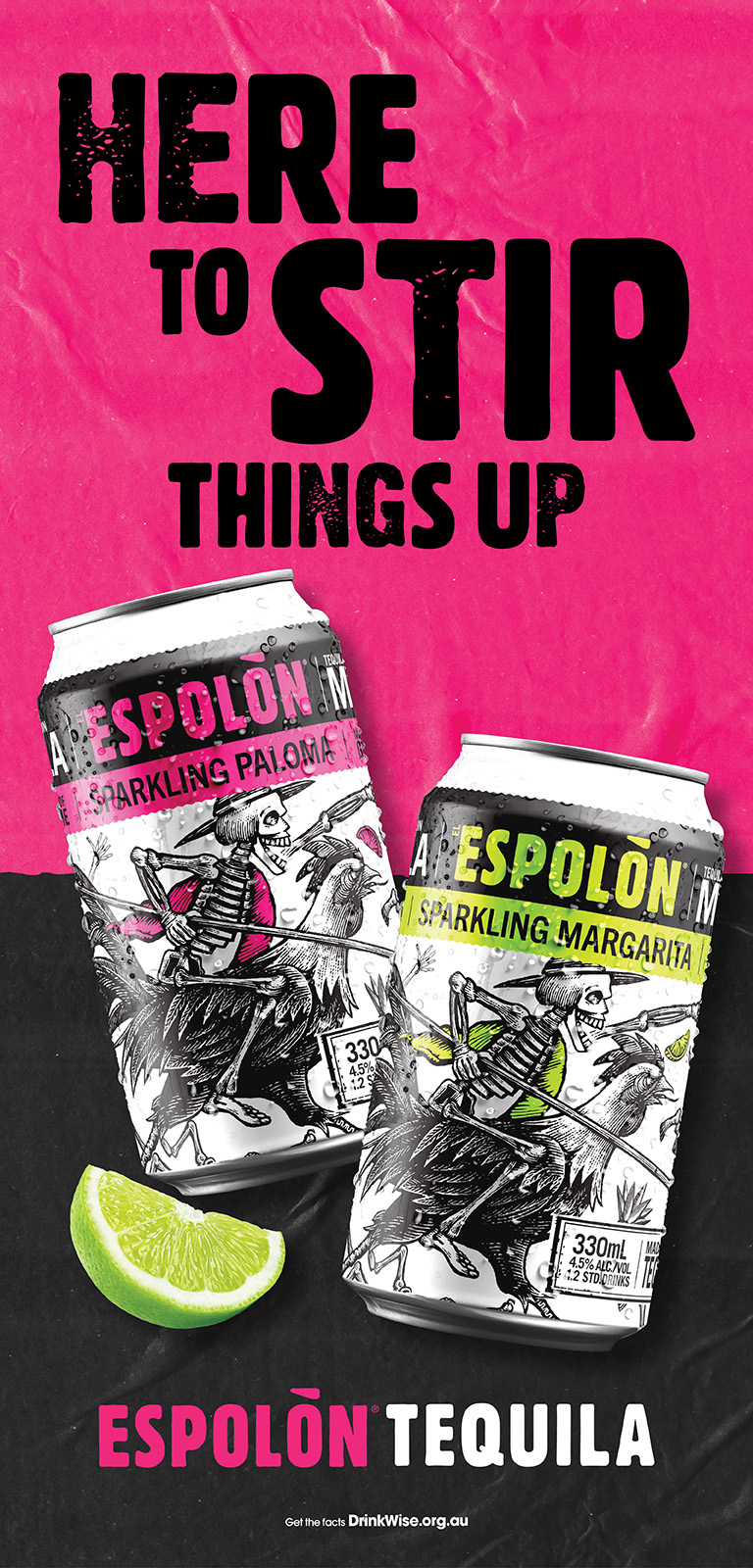While Champagne is best known for the three varieties that account for over 99% of its plantings - Chardonnay, Pinot Noir, and Pinot Meunier - a further four varieties are permitted in the region's cuvées: Arbane, Pinot Meslier, Pinot Blanc and Pinot Gris.
More recently, another variety has been added to this list on a trial basis.
“The name is Voltis,” explained Stéphanie Martel, head of the Champagne education division at Comité Champagne, at a recent Champagne Masterclass attended by Drinks Trade.
“Voltis is an interspecific hybrid. It is a cross between Villaris and a US variety.”
This US variety is otherwise known as VRH 3159-2-12 and is a cross between the main wine grapevine species Vitis Vinifera and the US grapevine species Muscadinia.
Martel explains that use of Voltis in Champagne “is very, very strictly regulated” and currently only authorised on an experimental basis.
“If you use Voltis, it's not to exceed 5% of your vineyard. For example, if you have a vineyard of 100 hectares, it's not allowed to exceed 5 hectares. And if you use Voltis, it's also compulsory not to exceed 10% of the blending.
“At the end of 2033, we will decide if we keep Voltis, if we remove Voltis, or if we continue the experimentation.”
Voltis was created by France’s INRA and Germany’s Julius Kühn as part of a project launched in 2000 to develop PIWI varieties, the term used to describe fungus-resistant grape varieties. Its resistance to downy mildew and powdery mildew positions it as the first resistant grape variety to be included in any French appellation.
“We face a global warming; it's a reality," said Martel.
"Over the past 30 years, the crop harvest in Champagne has moved 20 days earlier. It's huge, and we also have to face more and more unpredictable weather events.
“For all these reasons, we have had in our regulation, a number of non-compulsory - I need to insist on that - non-compulsory possibilities, and the first one is not a real new grape variety, but one we had only under experimentation.”
//
Beyond the data: how does Comité Champagne ensure the region’s status?
More than Champagne: a look at France’s other sparkling wines
Share the content
